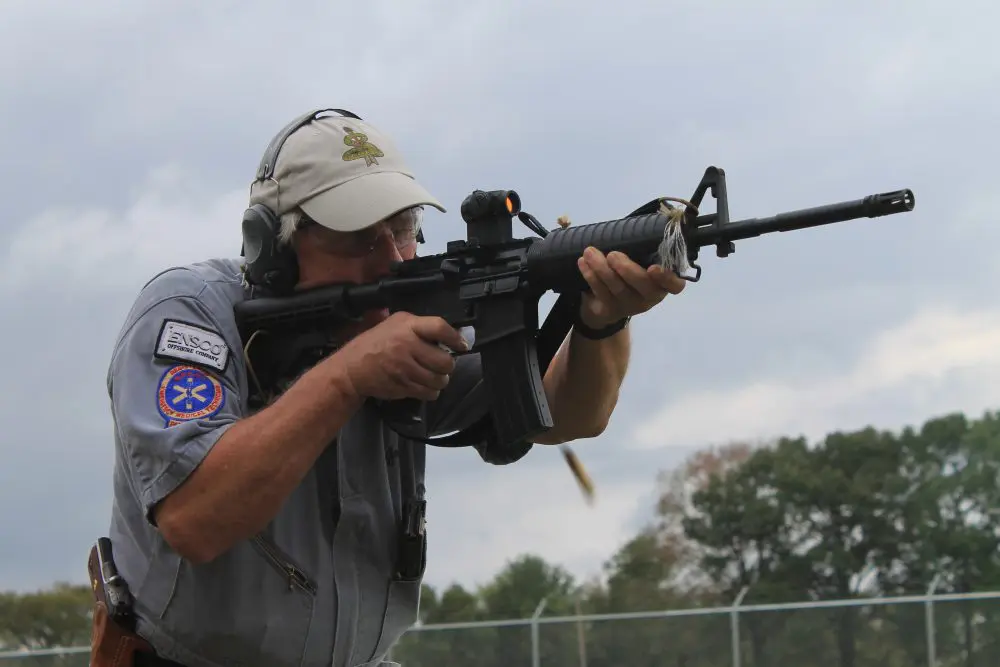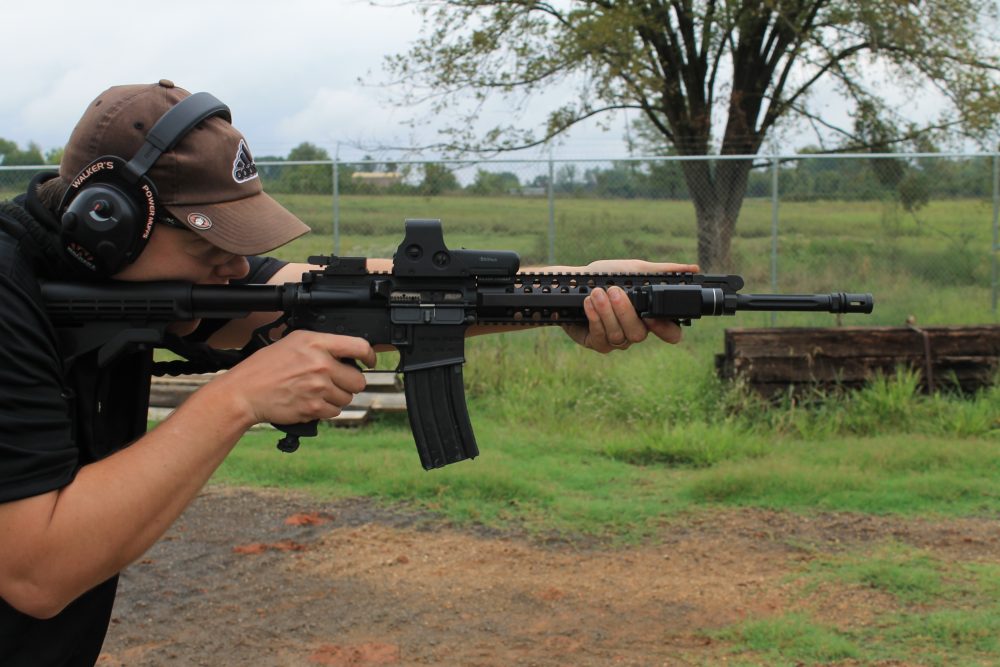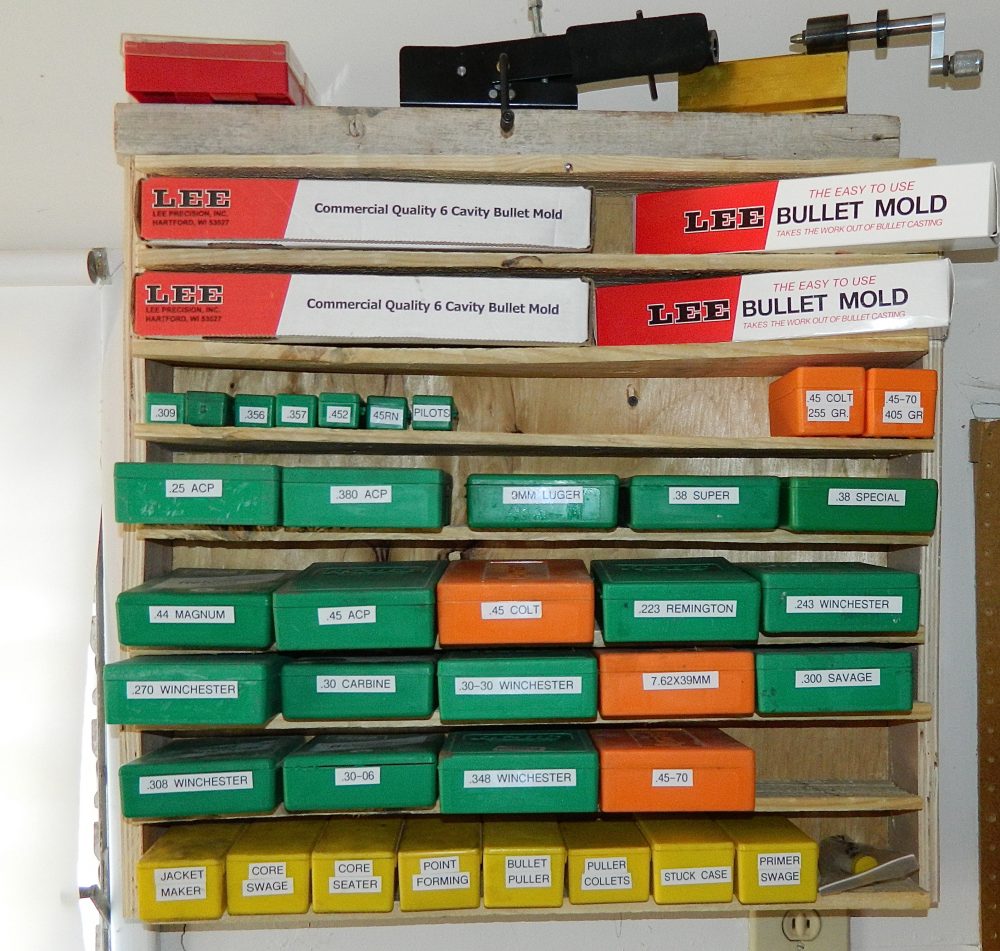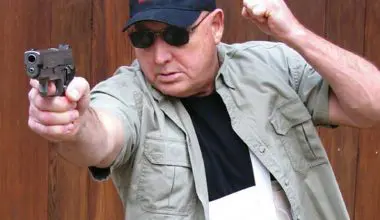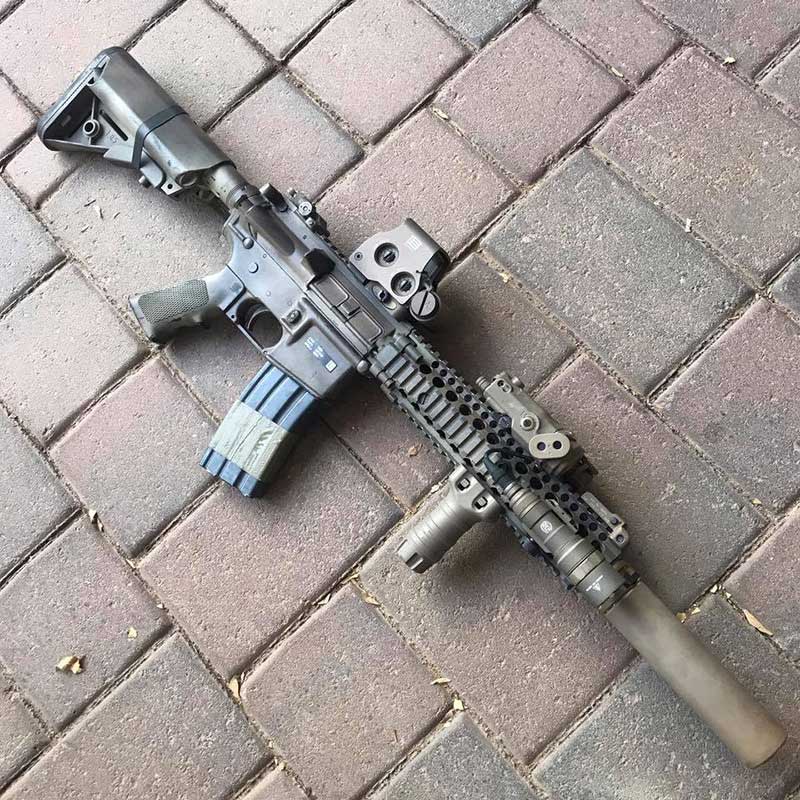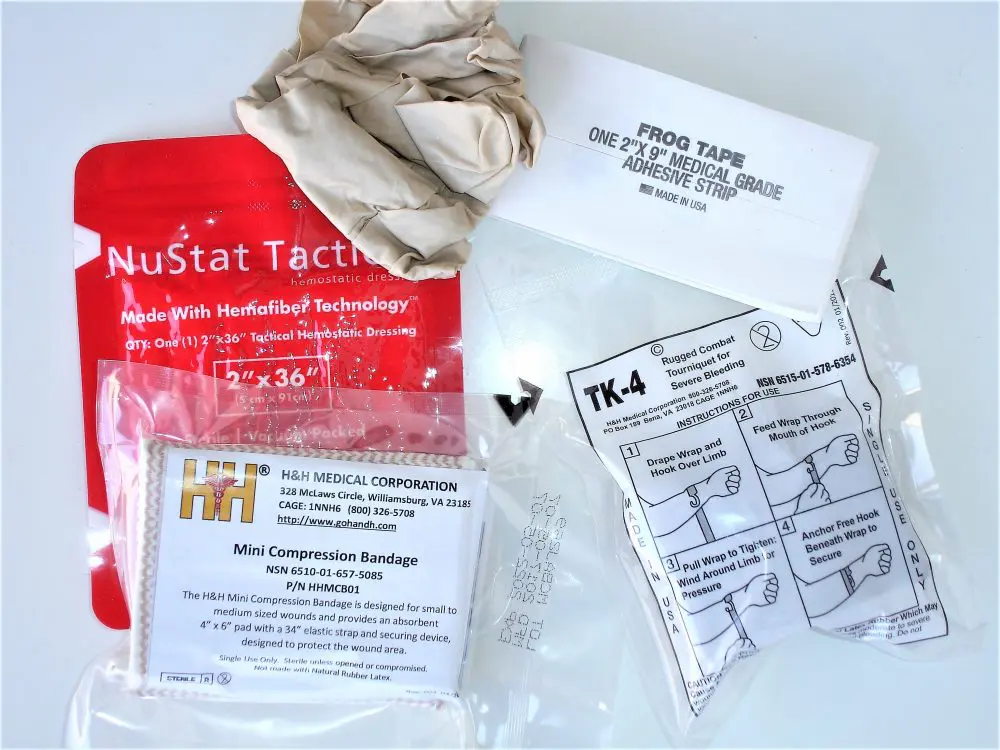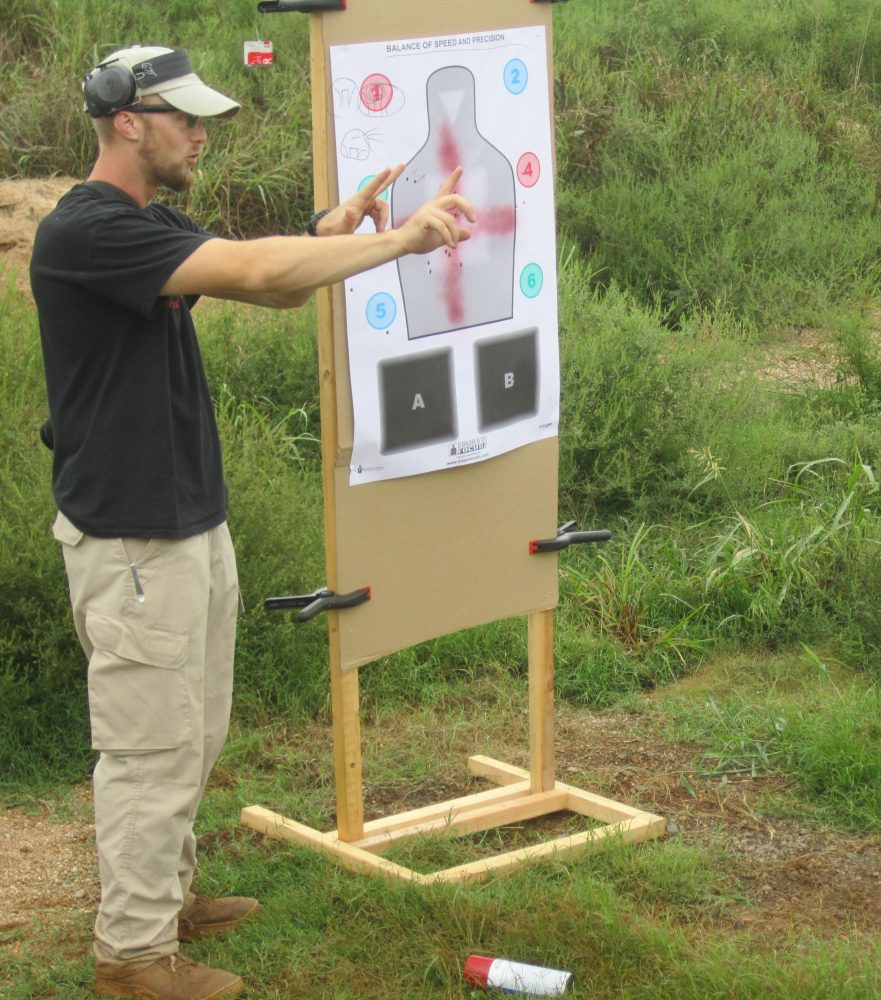
The AR-15 is a platform that is so easy to shoot people often neglect finding their full potential behind the gun by seeking out professional instruction.
Taking a class can seem to be prohibitively expensive once ammunition cost, travel and lodging are figured into the total price. A $400 course can pretty easily turn into a $1,000 course.
Often when we hit a performance plateau, we try so hard to get past it that we don’t realize that what we are practicing is incorrect and we are just creating bad habits that will need to be corrected later. I liken it to bending a nail. We just hit the nail in the same way and end up doing more harm than good, at which point we have to straighten the nail back out before we can progress.
This process is a sure way to waste valuable and limited resources. It is important that we be as efficient as possible in our practice. Quality instruction on the front end is critical to having an efficient approach to skill building. We cannot practice if we first do not know how to practice. This is true for a novice shooter or even an experienced shooter picking up a new platform.
Table of Contents
DYNAMIC TRAINING STRATEGIES
Tyler Grant comes from a good shooting pedigree, especially in terms of the carbine. He first learned to shoot in the military while serving in the National Guard as he worked his way through college. Somewhere along the line, he decided that what the Army teaches wasn’t getting it done, so he set about finding something better.
Author running sights down and EOTech turned off during target focus drill.
Grant served two tours of duty in Iraq as an infantryman before he hung up his dog tags after eight years and decided to start his own business, Dynamic Training Strategies, in early 2012.
To gain insight, Grant hit the training circuit and spent time training with some of the best in the business, including Jason Falla, Paul Howe, and Dave Harrington. Most recently, Grant has been spending a lot of time with Rob Pincus in the Combat Focus Shooting program.
I had kept in touch with Grant over the years and when he told me he was offering a Carbine Fundamentals course, I jumped at the opportunity to take it.
The course was held at THOR Global Defense Group. THOR is a shooting range, training center, gun shop, and security consulting firm. They also build their own AR-15 (TR-15), a 1911, and a bolt-action rifle. Tyler Grant uses THOR as his home base.
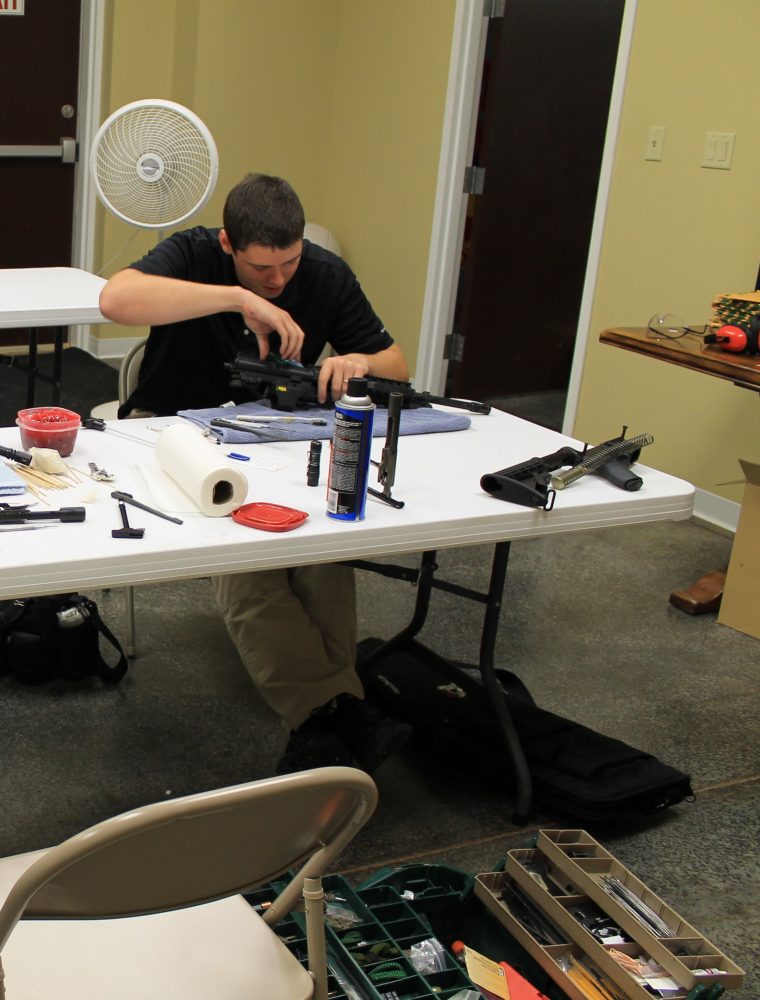
CARBINE FUNDAMENTALS COURSE
The Carbine Fundamentals course starts in the classroom learning about the AR-15 and all its little parts and pieces. Carbine Fundamentals is not just a shooting course, but rather what I would call a user’s course that covers how to select, maintain, and upgrade your carbine as well as how to shoot it.
This part of the course was invaluable for new users, and I learned some useful tricks. I feel I know my way around an AR-15, but Grant still had some good tips on how to simplify the cleaning process. Since I knew the class would start this way, I made sure to show up with a dirty AR-15 that had about 1,500 rounds through it since its last cleaning just so I could test Grant’s methods (People who buy a THOR-built AR-15 receive a free slot in the classroom portion of the course).
One thing I have always disliked about AR-15s is that when you shoot them, clean them, and then put them in the safe, all the oil migrates depending on how long it sits there. This means when I pull the carbine out of the safe to go shoot it, I generally have to re-lubricate.
That is fine if I am going to take a class, shoot a match, or just get in some practice at the range. It’s not so fine if I’m grabbing the carbine because a bad guy just kicked in my front door and I need to defend myself.
On top of that, because of the direct gas impingement operating system on AR-15s, the bolt carrier group (BCG) is exposed to intense heat. Lubricants left on it will quickly evaporate if run very hard, and that can lead to function issues.
I have tried several different lubricants and even tried drowning the BCG in oil, and it does not seem to matter that much—the BCG still gets dry.
Grant recommends the use of high-temperature wheel-bearing grease as a lubricant instead of traditional gun oil or grease. Taking his advice, I did not have to give my carbine any extra attention at all.
Student runs his THOR-built AR-15 with instructor’s Aimpoint.
M4 TOOL
Grant also turned me on to the Combat Applications Tool Inc.’s M4 Tool. One of the most difficult places to get clean on an AR-15 bolt is the curved surface at the rear of the bolt where the gas actually pushes on the bolt. I generally spend the majority of time cleaning an AR-15 bolt in this area trying to remove as much carbon as I can.
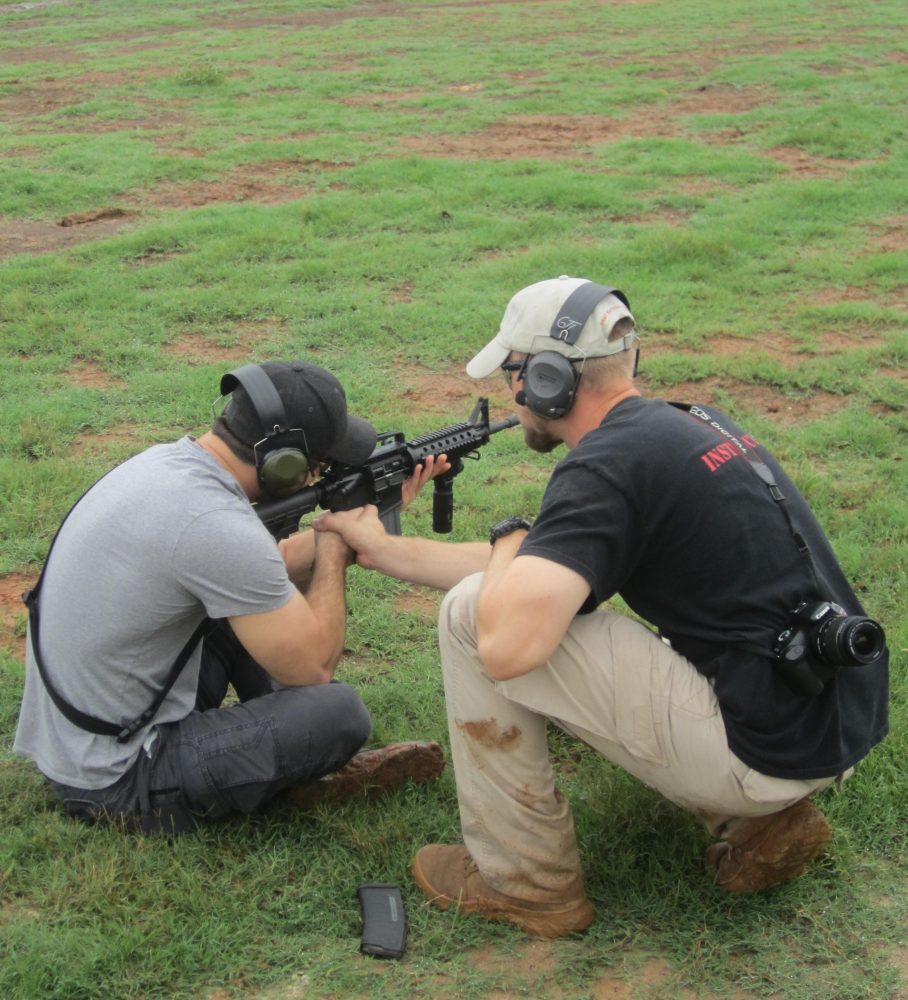
Since my bolt was plenty dirty, Grant used the M4 Tool to demo the effectiveness and efficiency of the tool to the class. A couple spins around the bolt face and the carbon was basically gone! It turned what is usually a five-minute job with solvent and a brass brush into a five-second job.
Other topics included in the classroom portion were how to completely strip both the upper and lower receiver to replace parts, gear selection for optics, lights, magazines, and parts upgrades.
ZEROING
A fair amount of time was spent explaining different zeroes and how sighting systems work on the AR-15. Grant is a fan of a 50- or 100-yard zero, because most ranges will allow for actual confirmation of that zero. If using a zero longer than 100 yards, it can be difficult to find a local range where the zero can be confirmed.
Although Grant recommends those two zeros for the purpose of being able to confirm the zero at local ranges, he is not opposed to using other zeroes if they can be confirmed and are practical for the intended application of the firearm.
Grant doesn’t buy into the idea of there being a “holy grail” of zeroes that everyone should use for every application. He understands and accepts that different missions may require different equipment set-ups.
The classroom portion ran from 0900 to about 1230, when we broke for lunch. I only mention lunch because class didn’t stop. It just changed venue. Grant invited everyone to eat at the same restaurant, understanding that lunch is an opportunity to continue teaching in a less formal setting. He wants to give his students the best value for their dollar possible.
While the discussion at lunch was free-flowing, it always centered on some aspect of shooting. This fostered good interaction between students and teacher and made Grant very accessible to everyone in the course.
RANGE SESSION
Once back at THOR, it was time to hit the range. The range session started with Grant’s take on the core safety rules and how they apply in a defensive application, and a review of the emergency medical plan should there be an accident while training. Once the fundamentals of shooting form were covered, we started putting all we’d learned into practice.
You can really get a flavor of Grant’s ties to the Combat Focus Shooting methodology in the first drill shot on the range. I was running an EOTech on my AR-15 with backup iron sights and was instructed to leave my EOTech turned off and backup sights folded down. Shooters using traditional A2-style sights or fixed iron sights were told to bottom their sights out both front and rear with the elevation adjustment.
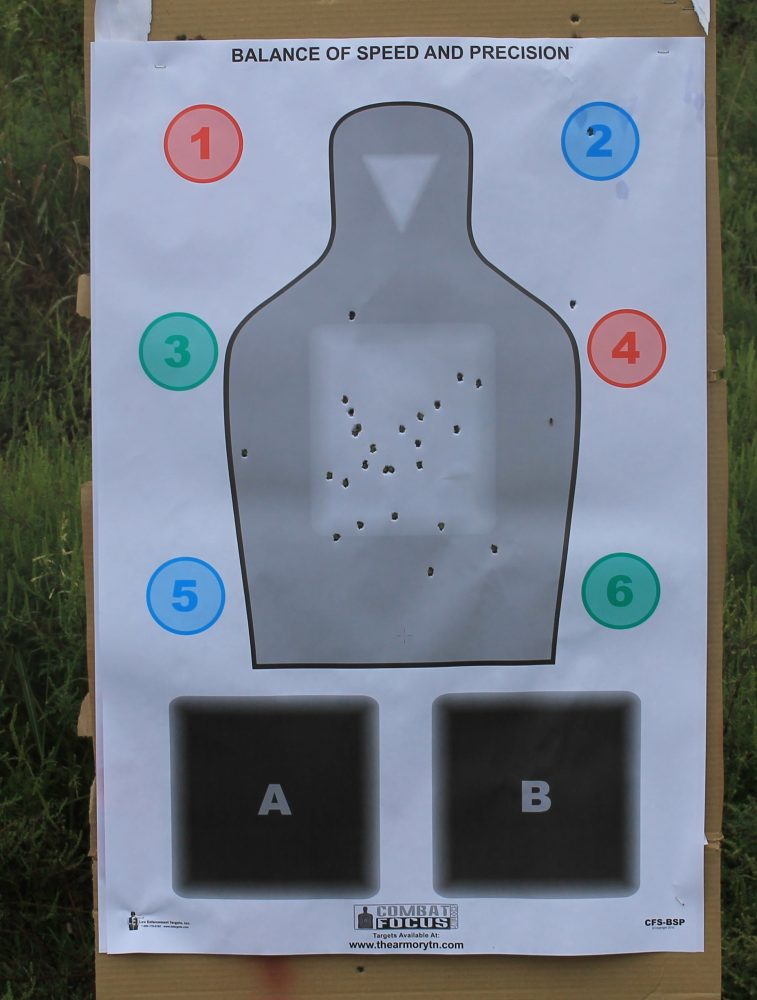
ESTABLISHING LIMITS
Grant wanted to make the point that with no sights, for those with red dots and BUIS or sights not properly zeroed, it was still possible to get combat-effective hits on a reasonably sized target out to a certain distance by using a target focused aiming technique. What exactly that distance is depends on the shooter—and the first drill of the shooting portion of the class was designed so that each shooter could find their limitations.
Starting at about the seven-yard line and shooting two to four rounds per string of fire, Grant steadily moved the students farther and farther back, a few yards at a time. He stressed the balance of speed and precision and understanding the relationship among target size, distance, and individual shooter skill as we moved back.
Once everyone had a good feel for where their personal limitations were, we moved to the 50-yard line to confirm zeros, or re-zero sights that had been moved. Re-zeroing iron sights that had been mechanically bottomed out in the previous drill proved to be a valuable learning experience for new shooters who were not as familiar with their carbines as others.
BALANCE OF SPEED AND PRECISION
After establishing the zero, we moved back up to the ten-yard line and worked on more balance of speed and precision combined with target identification by using the different sized shapes and numbers on the Combat Focus Shooting target.
Before engaging small targets inside 15 yards, Grant explained sight alignment, sight picture, and the effects of bore offset on point of aim. The shooting pace started to pick up as we incorporated lateral movement, scanning/assessing, and multiple target engagements.
One of the highlights of the afternoon for me was getting to shoot Tyler Grant’s personal AR-15 complete with AAC suppressor. Grant wanted his students to experience shooting with a suppressor, and for those who had not used a red dot to experience running a gun with an Aimpoint Micro.
The day wrapped up with another balance of speed and precision drill on a steel target working from 25 back to 100 yards.
The round count for the class was a reasonable 400 rounds. Balance of speed and precision was emphasized throughout the afternoon, and the key focus of the shooting portion of the course was getting the student to understand this concept and successfully apply it within the context of their individual skill level.
Tyler Grant knows his way around the AR-15, from maintenance and accessorizing to shooting. He has invested significant resources into searching out and perfecting what he believes are the best defensive shooting principles and techniques. He has pulled them all together for his students and presents them as a single package to get the AR-15 user started in Carbine Fundamentals.
SOURCES:
Dynamic Training Strategies
(479) 474-3434
www.dynamictrainingstrategies.com
Combat Applications Tool Inc.
(307) 359-8724
www.catm4.com
L3 EOTech, Inc.
(734) 741-8868
www.l-3com.com/eotech
THOR Global Defense Group
(479) 474-3434
www.thorgdg.com
